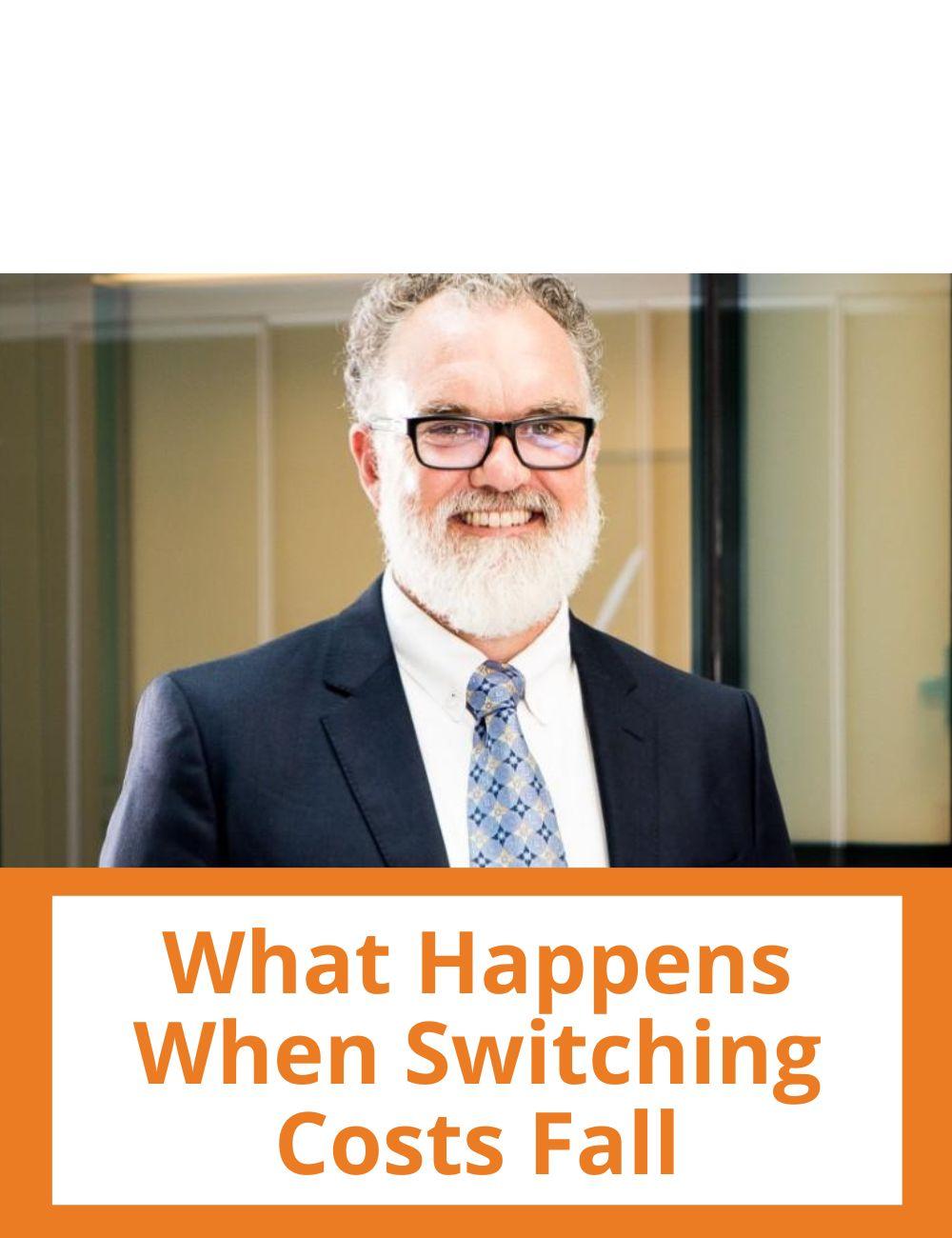
Why Number Portability Increases Phone Operators Profitability
ANDREA FOSFURI SHOWS THAT NUMBER PORTABILITY DOES NOT CAUSE LOWER PROFITS BUT RESHAPES COMPETITION ON A MORE REALISTIC BASIS BY ELIMINATING UNNECESSARY PRICE WARSWhether it is better in terms of profitability to lower barriers between operators to attract new customers more easily or to raise them in order to retain customers is a hotly debated strategy dilemma. A new article in the Strategic Management Journal, written by Andrea Fosfuri of the Department of Management and Technology together with Niloofar Abolfathi and Simone Santamaria of the NUS Business School, National University of Singapore, aims to show that a business model with low switching costs between competitors is an advantage for firms in the long run.
The article looks at a very large market where both models can be observed, that is the mobile communication market. Typically, the biggest obstacle that can inhibit switching between operators is having to change numbers, with all the difficulties that this can entail. The advent of number portability, however, has put paid to these frictions between operators. One might think then that the introduction of number portability, by increasing competition, has eroded the profitability of telephone operators.



Fosfuri and the other co-authors have set up a model that actually describes a scenario at odds with what one might intuitively guess. When switching costs between operators are higher, firms tend to adopt a “funnel” model. This means attracting customers with a very low-priced and therefore low-profit or even loss-making “basic” package, in the hope that over time they will upgrade to premium packages. In practice, operators give up on a secure immediate profit in anticipation of an uncertain future profit, often by means of aggressive policies that trigger real price wars.
In contrast, the model shows that, when portability barriers disappear, companies' strategies change dramatically and aim for a more balanced pricing of different versions, much less aggressive at entry level. According to Fosfuri, “dropping switching costs for customers can be beneficial for companies, as it breaks the ‘conversion funnel’ logic and redistributes competition between basic and premium versions.”
Niloofar Abolfathi, Andrea Fosfuri, Simone Santamaria, “Out of the trap: Conversion funnel business model, customer switching costs, and industry profitability”, Strategic Management Journal, Early view, https://doi.org/10.1002/smj.3388.
by Andrea Costa
